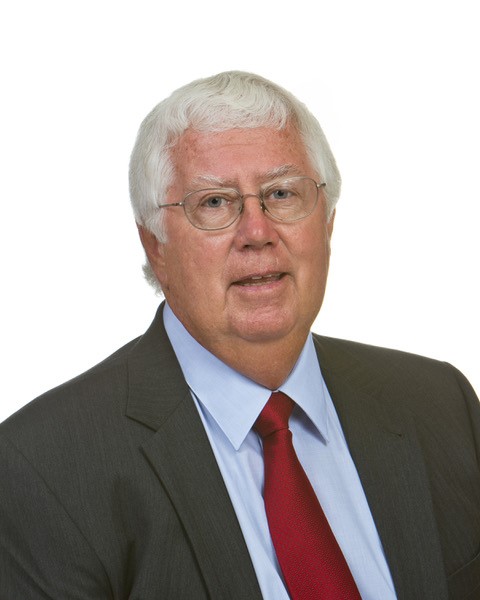 March 10, Dr Gary Luckasen (the father of Cardiology in Ft Collins and currently UC Health Northern Colorado Director of Cardiac Research) reviewed the current trends in Cardiovascular (CV) research with an emphasis on what’s happening in the Northern Colorado UCHealth community.
March 10, Dr Gary Luckasen (the father of Cardiology in Ft Collins and currently UC Health Northern Colorado Director of Cardiac Research) reviewed the current trends in Cardiovascular (CV) research with an emphasis on what’s happening in the Northern Colorado UCHealth community.
COVID seems to be part of every medical conversation these days and the pandemic had its expected effect. Attention from ongoing CV research shifted to COVID in 2020 with 5 protocols to study UCH patients and COVID. These have been affected by the decreasing numbers of infected patients now entering the medical system. The incidence of heart involvement with SARs2 Coronavirus remains controversial. An early study suggested the rate was as high as 85%; more recently it has been reported to be much lower (5%). Likewise, it is difficult to separate cardiovascular deaths from the COVID deaths by merely reviewing death certificates.
Cardiovascular disease remains the number one cause of death in the world; second only to cancer in the US. In 2021 there are 60 active CV studies in Northern Colorado.
Next, a basic lesson in heart anatomy and physiology was welcome and necessary to allow all Rotarians (from business people to too-long retired MDs) an understanding of what followed – a review of the latest trends in CV research.
The first trend mentioned is the shift from (invasive) interventional cardiology to imaging. “Plaques” in the coronary arteries are associated with angina and heart attacks. The latest investigational CT/PET scans of the heart can pick up what is described as “hot plaques” which identify inflammation and might be used predict the site of a future heart injury. MRI technology is becoming useful in the evaluation and treatment of cardiomyopathies especially as new medical treatment becomes available. Cardiac echo technology has been with us for awhile but is now undergoing miniaturization allowing studies to be done offsite and connected to apps on mobile devices.
The role of the heart surgeon is changing. Interventional radiologists do many procedures that were previously performed in the OR. Fifty percent of heart valve replacements are now done without opening the heart. Angioplasty and stent placement continues to improve and has dramatically decreased the need for coronary artery surgery.
The most common cardiac arrythymia, atrial fibrillation, is routinely treated by catheter ablation of cardiac circuitry (vs pharmaceuticals). Occlusion of a portion of the left atrium can prevent the formation of clots which are a frequent cause of strokes following the onset of this arrhythmia.
Pacemaker technology is also undergoing miniaturization with the development of small, smart pacemakers that can be placed directly in the heart muscle.
Cardiac pharmacology continues to advance. Millions of patients take statins which lower cholesterol and thus prevent or delay coronary artery disease. Newer drugs will target cholesterol at different sites and metabolic pathways. Medical treatment for both congestive heart failure and cardiomyopathy is finally a reality.
We Rotarians were quite attentive last week because there are only two groups in the Club - those who have been to UCHealth Heart and Vascular Clinic and those who will attend in the future. Thank you, Dr Luckasen.